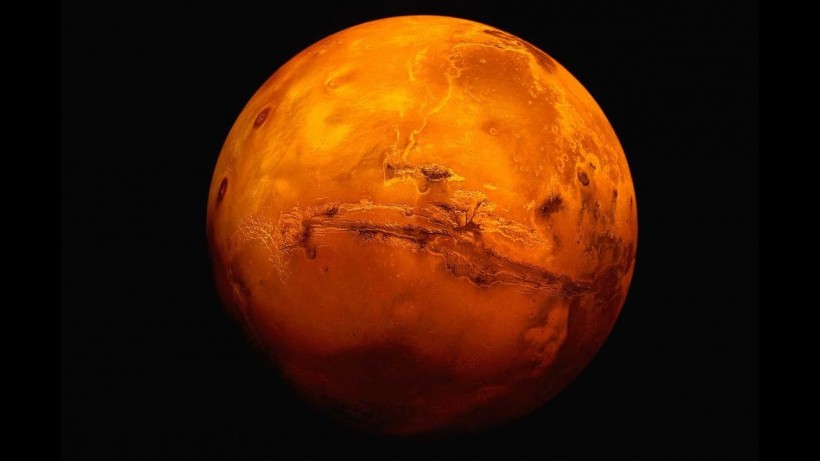Recently, a group of researchers found evidences that Mars contains a Chandler wobble. The researchers came from the Jet Propulsion Laboratory, California Institute of Technology and the Royal Observatory of Belgium who published their findings in the Geophysical Research Letters with the title "Detection of the Chandler Wobble of Mars From Orbiting Spacecraft". The data from the study has been obtained from decades of observations using space probes.

Findings of the Mars Chandler Wobble Study
According to Phys Org, the study shows that unexpectedly for any close planetary system body other than the Earth, a chandler wobble has been identified on Mars. The Chandler wobble is characterized as a single component of the movement of the Mars turning hub or spinning axis on the surface of Mars. The movement has a time of 206.9 ± 0.5 days, an abundance of 10 cm on a superficial level, and is an almost round counterclockwise direction as seen from the North Pole. This occurrence observed from the planet Mars is identified using different radio tracking observations from space probes such as Mars Odyssey, Mars Reconnaissance Orbiter, and Mars Global Surveyor.
Read more: NASA Claims It Has New Tool That Can Create Oxygen In Mars! The Space Agency Is Now Testing MOXIE
What is a Chandler Wobble?
The Chandler wobble, also known as the Variety of Latitude is known as a small Deviation within the Earth's Axis of rotation, which was founded by American Space expert Seth Carlo Chandler in 1891.
The occurence sums to an alter of around 9 meters (30 ft) within the point at which the Axis intersects the Earth's surface and features a period of 433 days.This wobble, which is also called a nutation, combines with another wobble with a period of one year, so that the overall polar movement changes with a period of almost 7 years. The Chandler wobble is a case of the kind of movement that can happen for a freely pivoting object that's not a circle; typically called a Free Nutation.
To some degree, the course of the Earth's Rotation axis relative to the stars also changes with diverse periods, and these motions-caused by the Tidal Powers of the Moon and Sun-are moreover called Nutations.
Implication of Mars' Chandler Wobble Discovery
According to the study, the recognition of the Chandler wobble improves our comprehension of energy dissemination in the mantle for time stretches close to the wobble period.
Researchers have long argued that other planets may also have a Chandler Wobble. It is only in these recent findings from data gathered by space probes that a precise measure of an existing chandler wobble in Mars has been detected. It was discovered that Mars indeed has a Chandler wobble, but one that is less obvious than the Earth. The planet moves just four inches from its own axis in a span of 200 days.
In theory, a Chandler wobble should stop after a specific amount of time. However, Earth has been wobbling for a longer amount of time than it should. Scientists cannot find a concrete explanation yet as to why wobble time has been extending from earth. On the other hand, Mars has also been wobbling for a longer time. The takeaway from the study is that it might be easier to understand Mars' Chandler wobble than earth's since it has a much simpler geography, structure, and atmosphere. So far, scientists are not sending a warning in light of these discoveries. However, these may mean there's a brighter path to discovery for Mars.
See related article: Elon Musk Reveals Ambitious Plan of Putting Humans in Mars, Gives 6 Years as Timeline
This article is owned by Techtimes
Written by Nikki Delgado









